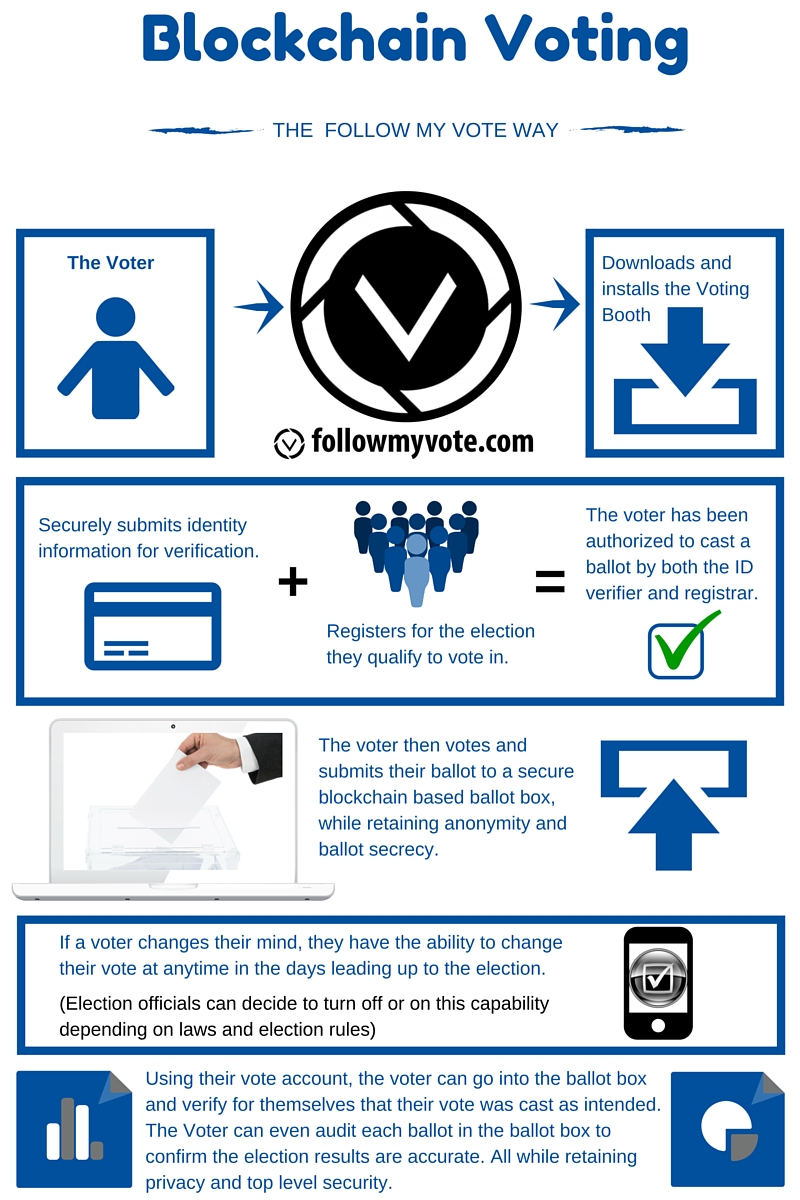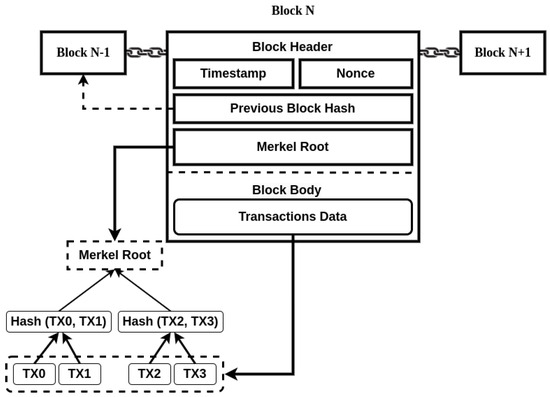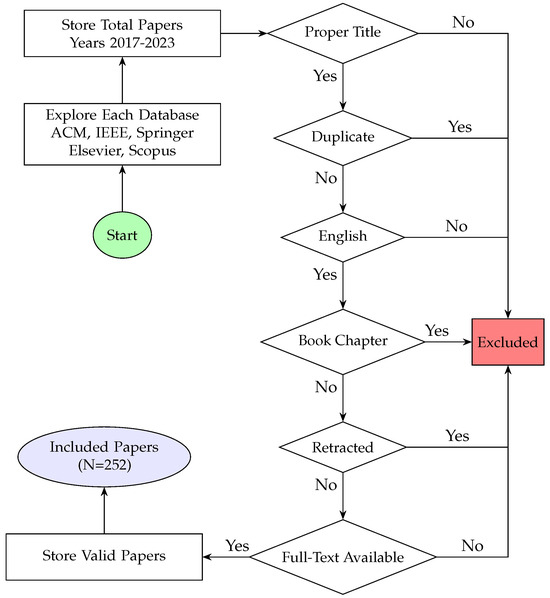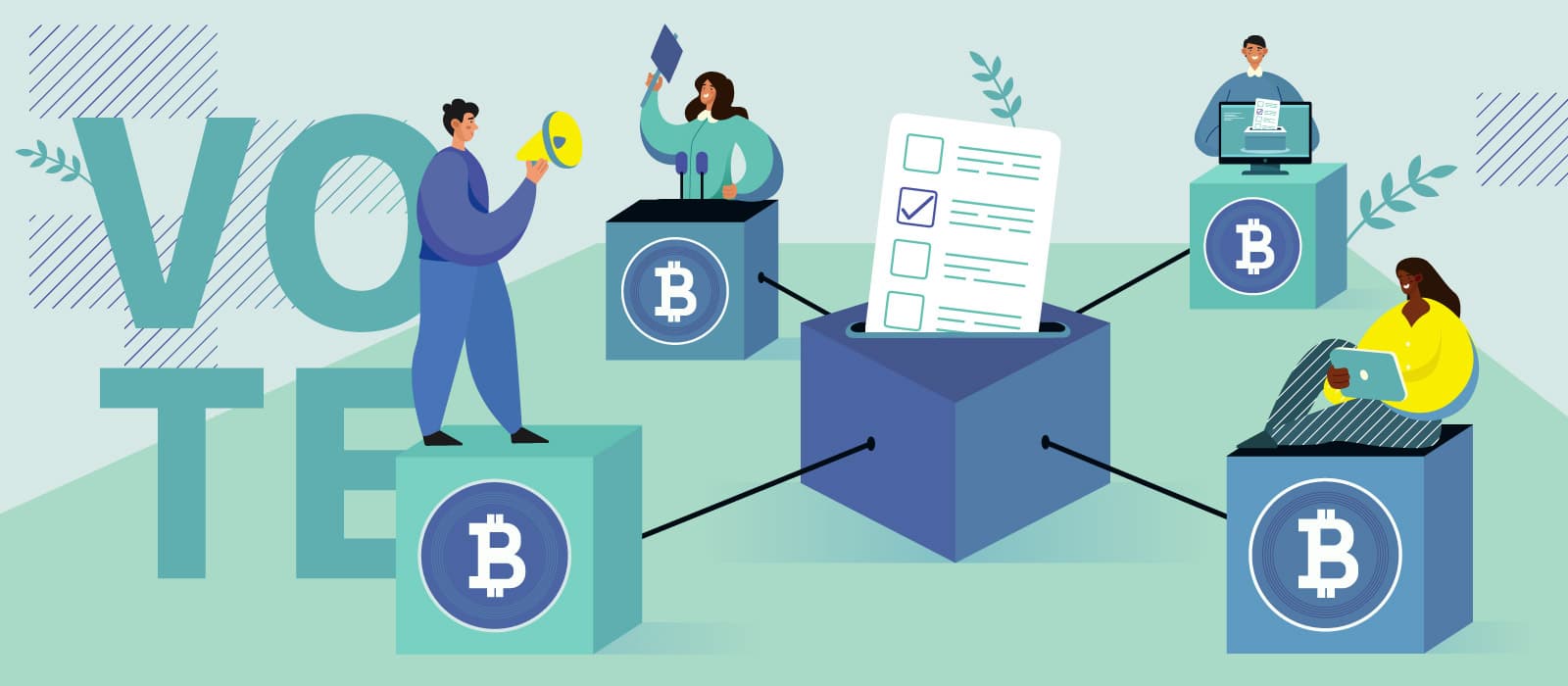
Introduction
Defining Blockchain-Based Voting Systems
Blockchain-based voting systems harness the power of decentralized ledger technology to facilitate secure, transparent, and tamper-proof elections. Each vote is recorded as a unique transaction on the blockchain, ensuring that it cannot be altered or erased. This technology promotes trust among voters, as the integrity of their votes is maintained. Imagine casting your ballot from the comfort of your home, knowing that it is secure and verified.
Significance of Implementing Secure Voting Mechanisms
The importance of robust voting mechanisms cannot be overstated. Secure voting systems solidify trust in democratic processes, fostering:
- Enhanced Transparency: Every participant can verify results.
- Reduced Fraud Risks: Tampering becomes nearly impossible.
- Increased Voter Turnout: Convenience encourages more participation.
With global democracy evolving, ensuring that every vote counts empowers citizens and strengthens governance. By implementing these innovative systems, we pave the way for a brighter electoral future.

Challenges in Building Blockchain-Based Voting Systems
Security Concerns in Decentralized Networks
While the potential of blockchain voting systems is immense, they aren’t without their challenges. Security is paramount; after all, a breach could undermine voter trust. Unlike traditional systems, decentralized networks face unique threats, such as:
- Sybil Attacks: Malicious actors could create multiple identities to cast fraudulent votes.
- 51% Attacks: If a single entity gains control of the majority of the network, they could manipulate results.
These vulnerabilities highlight the necessity for robust security protocols to safeguard against infiltrations.
Scalability Issues and Transaction Speed
Another hurdle lies in scalability. As the number of voters increases, transaction speed can suffer. It’s akin to a rush hour traffic jam—everyone wants to cast their vote, but the system can slow down. Key challenges include:
- Network Congestion: High volumes of transactions can lead to delays.
- Block Size Limitations: This restricts the number of votes processed simultaneously.
Addressing these concerns is vital to ensure a seamless voting experience for all participants.

Solutions for Overcoming Challenges
Implementing Encryption and Immutable Ledgers
To tackle the security concerns surrounding blockchain-based voting systems, implementing robust encryption protocols is crucial. Encryption acts like a secret code that protects sensitive voter information and ensures only authorized users can access it. By using techniques such as:
- End-to-End Encryption: This ensures that votes are securely transmitted from the voter to the blockchain with no interception.
- Immutable Ledgers: Once data is logged on the blockchain, it can’t be altered, drastically reducing the risk of tampering.
These measures not only enhance security but also foster voter confidence.
Utilizing Smart Contracts for Transparency
Another innovative solution lies in utilizing smart contracts. Think of these as automated agreements that execute actions when specific conditions are met, leading to:
- Automated Validation: Votes can be automatically verified, reducing human error.
- Transparency: Every transaction is recorded chronologically, ensuring open access to the voting history.
By employing these technologies, blockchain voting systems can better provide secure and transparent elections, setting the stage for a more democratic future.

Regulatory and Legal Considerations
Compliance with Election Laws and Regulations
As we progress into the era of blockchain voting systems, navigating the complex landscape of election laws and regulations becomes essential. Each country has its own set of electoral rules, and compliance is non-negotiable. Considerations include:
- Voting Accessibility: Systems must be designed to ensure all eligible voters can easily access and use the technology.
- Audit Trails: Legal frameworks usually require a clear record of how votes were cast and counted, which blockchain can help fulfill.
Staying ahead of these regulations will not only enhance system credibility but also promote widespread acceptance.
Ensuring Voter Privacy and Data Protection
Equally important is the protection of voter privacy and personal data. With increasing digital threats, safeguarding such information is critical. Strategies for ensuring privacy include:
- Data Anonymization: Disassociating personal information from voting records to protect identity.
- Regulatory Compliance: Adhering to standards like GDPR or CCPA to maintain data privacy.
By focusing on these legal considerations, blockchain voting systems can provide a secure foundation for future elections while promoting trust among voters.

Case Studies of Blockchain Voting Implementations
Estonia’s E-Election System
One of the most notable examples of blockchain voting is Estonia’s e-election system. Since 2005, Estonia has embraced digital democracy, enabling citizens to vote online through a secure platform. With features such as:
- Strong Authentication: Voters use a national ID card to confirm their identity.
- End-to-End Encryption: This ensures that votes remain confidential and secure.
Estonia’s success has demonstrated how blockchain technology can enhance voter participation while maintaining the integrity of elections.
DAO’s Governance Mechanisms
Decentralized Autonomous Organizations (DAOs) represent another fascinating application of blockchain for decision-making. In a DAO, members engage in voting directly on governance issues, like budget allocations. Key benefits include:
- Transparent Processes: Every vote and decision is recorded on the blockchain.
- Equal Participation: All members have a voice in governance, leading to a more democratic environment.
These case studies not only showcase the potential of blockchain in voting but also provide valuable lessons for future implementations worldwide.

Future Developments and Innovations
Integrating Biometrics for Voter Authentication
As we look toward the future of blockchain voting systems, one promising advancement is the integration of biometrics for voter authentication. Imagine a world where your fingerprint or facial recognition serves as your digital ballot signature. This technology offers significant benefits:
- Enhanced Security: Biometric data is unique to each individual, making impersonation nearly impossible.
- Faster Authentication: Voters can quickly verify their identities without cumbersome passwords.
Such innovations could streamline the voting process, fostering greater confidence in the electoral system.
Potential Impact on Global Democracy
The ripple effects of these advancements extend beyond technology. Blockchain voting could have transformative implications for global democracy by:
- Increasing Accessibility: Making voting easier can engage more citizens, particularly in remote areas.
- Strengthening Trust: Transparent and tamper-proof systems can rebuild faith in democratic processes.
Ultimately, these future developments may redefine how societies participate in governance, making democracy more universal and robust.

Conclusion and Recommendations
Recap of Benefits and Challenges
In wrapping up our exploration of blockchain voting systems, it’s clear that they offer a myriad of benefits, from enhanced security to increased transparency. However, challenges like scalability issues and regulatory compliance cannot be ignored. Here’s a quick recap:
- Benefits:
- Higher voter trust through immutable records
- Increased accessibility via online platforms
- Challenges:
- Security concerns in decentralized networks
- The need for compliance with existing election laws
Strategies for Successful Adoption of Blockchain Voting Systems
To pave the way for successful adoption, stakeholders should consider the following strategies:
- Pilot Programs: Start with small-scale implementations to test systems.
- Education and Training: Equip voters with the knowledge needed to navigate new technologies.
- Collaborative Frameworks: Work with regulatory bodies to ensure full compliance.
By addressing these areas, we can turn the promise of blockchain voting into a reality, fostering a more engaged and trusted electorate.

